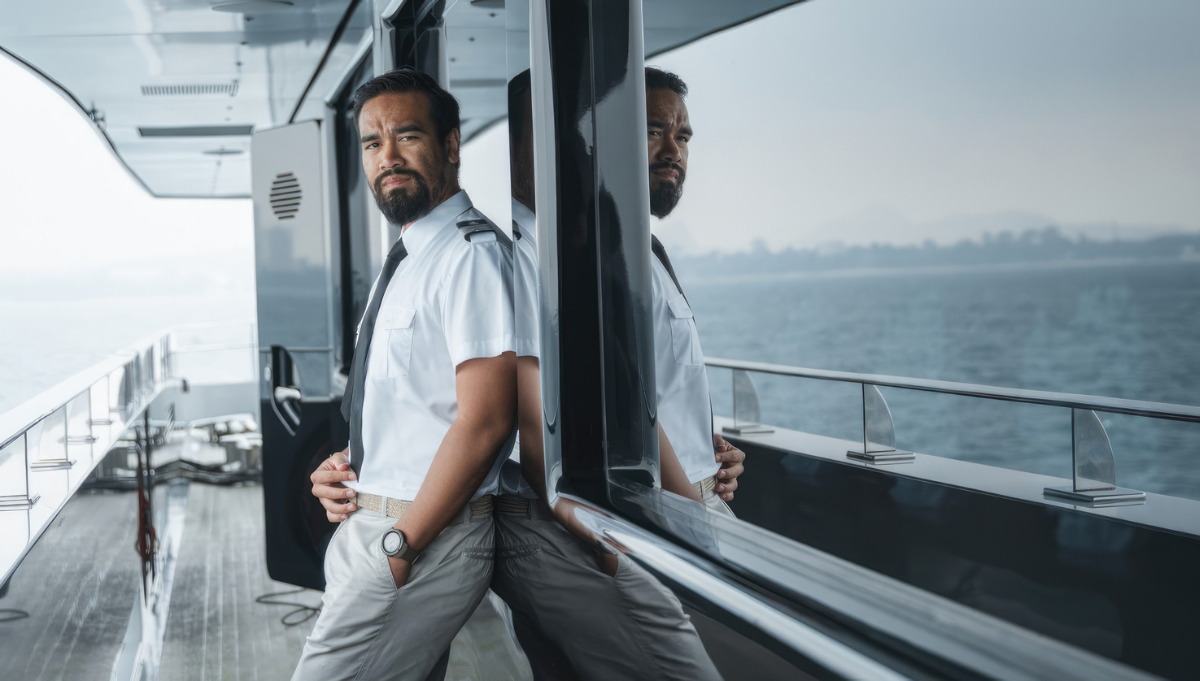
Building a Safety Culture Onboard: Behaviour-Based Practices for a Secure Luxury
While technology and regulations play a big role in maritime safety, many incidents still stem from how systems are designed for people to use. Building a strong safety culture onboard can make a big difference by changing how people behave.
Creating a culture of safety starts with leadership-especially the captain and should involve everyone on board. The goal is to provide top-quality service without compromising safety. Real safety goes beyond checklists; it means creating an environment where people feel comfortable speaking up about potential dangers. Leaders can help set this standard by consistently showing and prioritising safe behaviour. Even guests should be informed of safety basics, reinforcing that safety is part of the luxury experience.
On superyachts, where guest enjoyment is a top priority, keeping safety front and centre is crucial. Crew members should not only provide excellent service but also model safe behaviour. This approach protects both guests and crew, showing that while fun is important, safety always comes first.
A key part of behaviour-based safety is applying psychological insights to safe practices. Structured procedures are important, but too many checklists can hurt situational awareness. Experienced crew benefit from guidelines that allow for professional judgment rather than rigid rules. This balance between following procedures and using judgment helps create a safer and more effective working environment.
When accidents happen, learning from them is essential. Analysing incidents helps identify issues and prevent future problems. Sharing lessons across the industry-especially from near misses-can lead to big improvements in safety.
Focusing on human factors, rather than only technical rules, can improve both safety and service. By understanding and supporting safe behaviours, the superyacht industry can create a safer, more enjoyable environment for everyone on board.
Tips for Building Onboard Safety Culture
• Encourage open communication by discussing safety concerns regularly and inviting crew feedback.
• Empower experienced crew to use their judgment instead of following checklists too strictly.
• Brief guests on basic safety upon arrival to raise awareness without interrupting their experience.
• Review minor incidents and near misses with the crew to learn and improve.
• Update safety protocols based on crew feedback to make them more effective.
• Ensure equipment and layout are user-friendly to reduce human error and enable fast responses in emergencies.
Should you require confidential, expert advice, our team are available at your disposal. Contact us at enquiries@priavosecurity.com.
